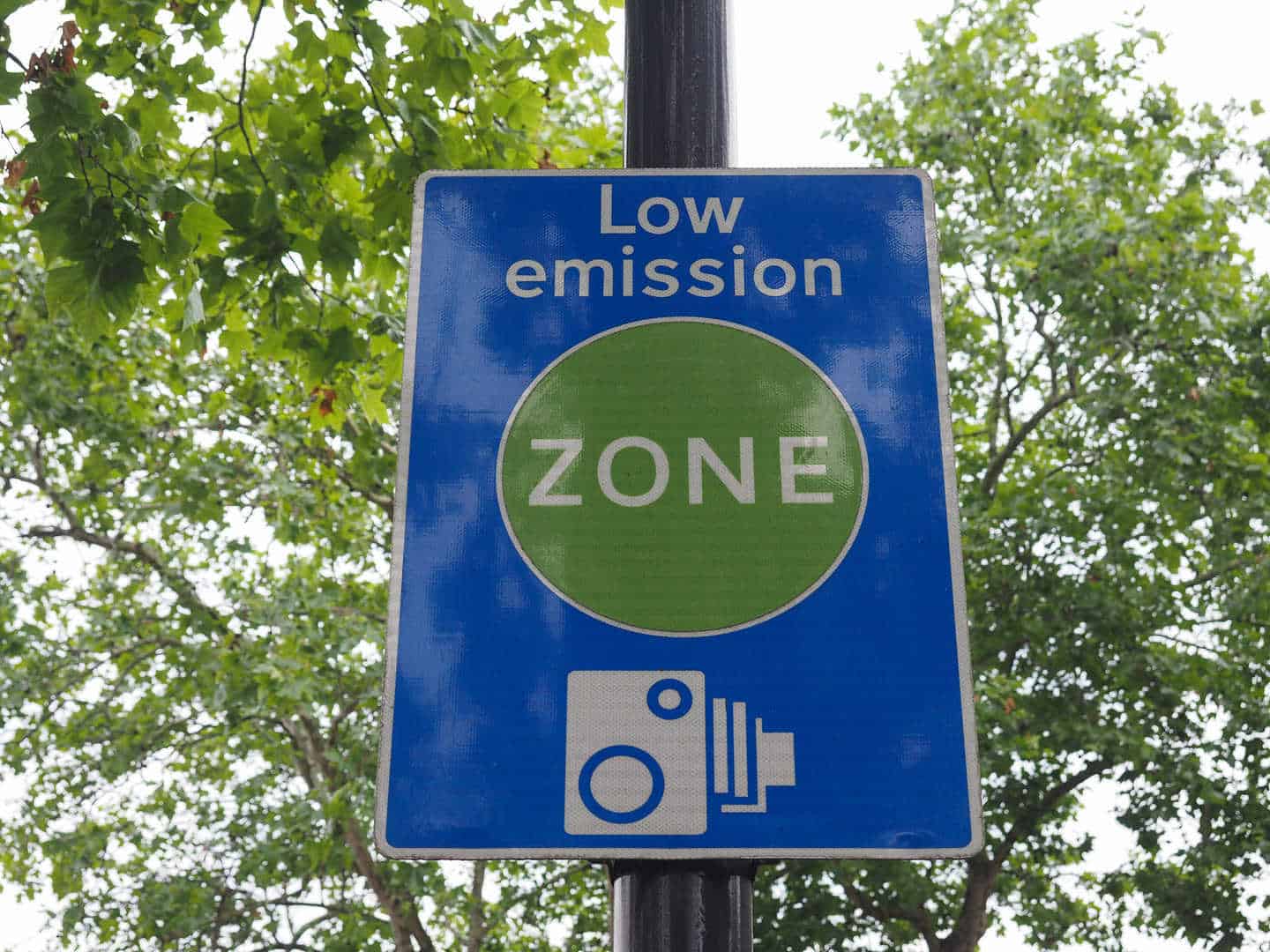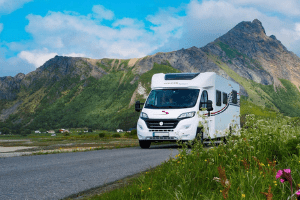As a society, we have never been more environmentally aware. Recycling is now the norm, we know what a ‘carbon footprint’ is, and decadence is frowned upon. Everybody is encouraged to take whatever steps they can to minimise their impact on the planet.
Every year, air pollution kills more people globally than malaria and AIDS combined. In the UK it contributes to over 29,000 deaths annually and it is estimated that it reduces the life expectancy of every UK resident by an average of 6 months. It also has a devastating effect on biodiversity, reduces crop yields and contributes to global climate change. Various measures have been introduced as ways to combat this ever worsening problem, in a bid to halt and hopefully even reverse some of the damage we humans have done to the atmosphere.
LOW EMISSION ZONES
In 2008, the London Low Emission Zone (LEZ) was introduced. The idea was aimed at diesel -powered commercial
vehicles coming into London as a way of reducing their tail pipe emissions. Those vehicles which fall below the required emissions standard are identified using Automatic Number Plate Recognition (ANPR) cameras set up on the boundary of the M25 and charged fines of between £100 and £200 for each day that the vehicle travels within the zone.
Since then, over 200 cities and towns in 10 countries spread across Europe have such a scheme either pending or already in place. Vehicles are categorized according to European exhaust emissions standards. These were first introduced in 1970 and subsequently refined in 1992 to Euro 1, with the introduction of catalytic converters to petrol cars in a bid to reduce levels of carbon monoxide. Gradually, emissions levels have tightened and we are currently on Euro 6 which was introduced in September 2014 and reduces some pollutants by 96% compared to the 1992 limits.
The LEZ’s vary from city to city and country to country, meaning what meets the criteria for one LEZ may well not for another. In some places foreign vehicles are exempt from the charge, in others nobody escapes it!
For a comprehensive guide to European LEZ’s, visit this free website set up to help motorists make sense of it all.
Whilst this is obviously good news for the environment, it can be bad news for motorhome owners, especially those with older models which will most likely fall below the required emission standards. Motorhomes are bought for longevity, not on impulse; it is more likely that you will repair and upgrade your existing motorhome rather than go and buy a new one. Most motorhomes are built onto the chassis of a light commercial vehicle, which are designed to live a hard life being driven as delivery vehicles, with little to no TLC included. This also means they will pass the 100,000 mile mark with ease. The emissions levels are one of the hurdles owners face in an otherwise long and happy relationship with their motorhome!
How can these standards be met without forking out 5 figures for a new motorhome?
INTRODUCING THE DPF
A DPF (Diesel Particulate Filter) works much like a catalytic converter, except it isn’t a flow-through device but retains bigger exhaust gas particles by forcing the gas to flow through the filter. It traps soot at low speeds, until you drive at motorway speeds and the DPF heats up enough to burn the soot into ash, known as the ‘regeneration process’. DPFs have allowed engines to stay in production which would otherwise have been retired in light of the Euro 5 and Euro 6 emissions standards. They can also be retro-fitted, with some companies offering DPFs to fit models dating as far back as 1999.. Full DPFs reduce particles by 85-99% but these are usually only available for new vehicles straight from the factory. Partial DPFs reduce particles by between 35-50%, so are less effective but are easily retro-fitted. Some countries will even offer financial incentives to support retrofitting.
However, DPFs do not come cheap, with prices easily running into the thousands. Although cheaper than replacing your whole motorhome, it is still a hefty investment. Shop around and speak to different dealers and garages to ensure you get the right DPF at the best price. Despite the high price tags, you would be amazed at how little attention people pay to their DPFs once they are installed.
The main problem is blockages. As previously mentioned, it is only when the DPF gets hot enough that it can convert the soot into ash. A lot of motorhome users simply do not drive fast enough for long enough to allow this process to take place. Urban driving would be kept to a minimum in an ideal world as this hampers regeneration. Once blocked, you will face at best a large repair bill and at worst the cost of replacing the DPF altogether. The best way to avoid this is to drop down a gear on long motorway journeys, pushing up the RPM to around the 3,000 mark and maintaining this for at least 10 miles. This may seem uneconomical in terms of fuel consumption, but it is a whole lot more economical than the cost of new one!
Another way to prolong the life of your DPF is by using the right oil, which will lower the amount of particulate that your engine produces. Look for an oil with a low SAPS (Sulphated Ash, Phosphorous, Sulphur) level which is compatible with your model of motorhome to minimise your particulate output therefore putting less strain on the DPF. It is also worth having your EGR (Exhaust Gas Recirculation) valve checked by a mechanic before hitting the road this summer. This valve reduces nitrogen oxide emissions by recirculating a portion of the exhaust gas back into the engine cylinders. However, it can easily become blocked by soot and carbon, resulting in the valve being open for too long and an increased amount of particulates being fed back into the engine which can have disastrous results.
Hopefully this advice can help you avoid paying LEZ charges, prolong the life of your motorhome and save you money in the long run.













